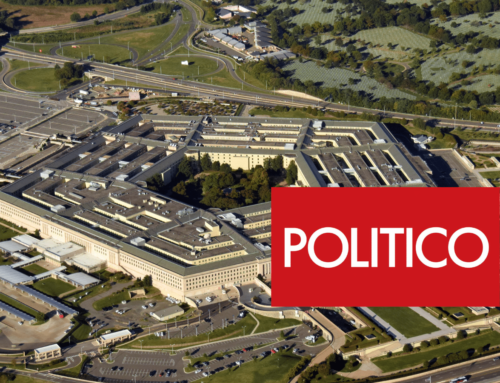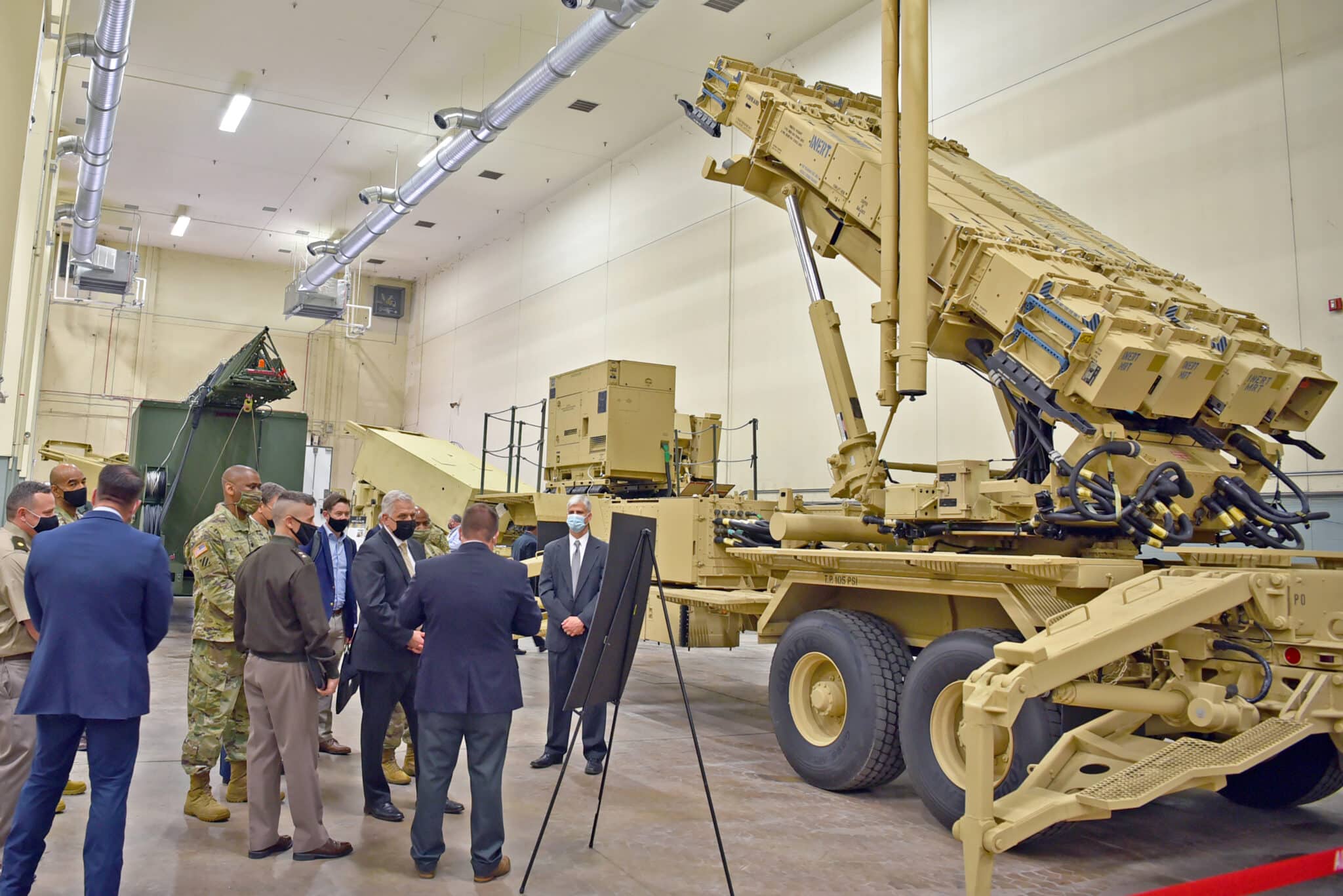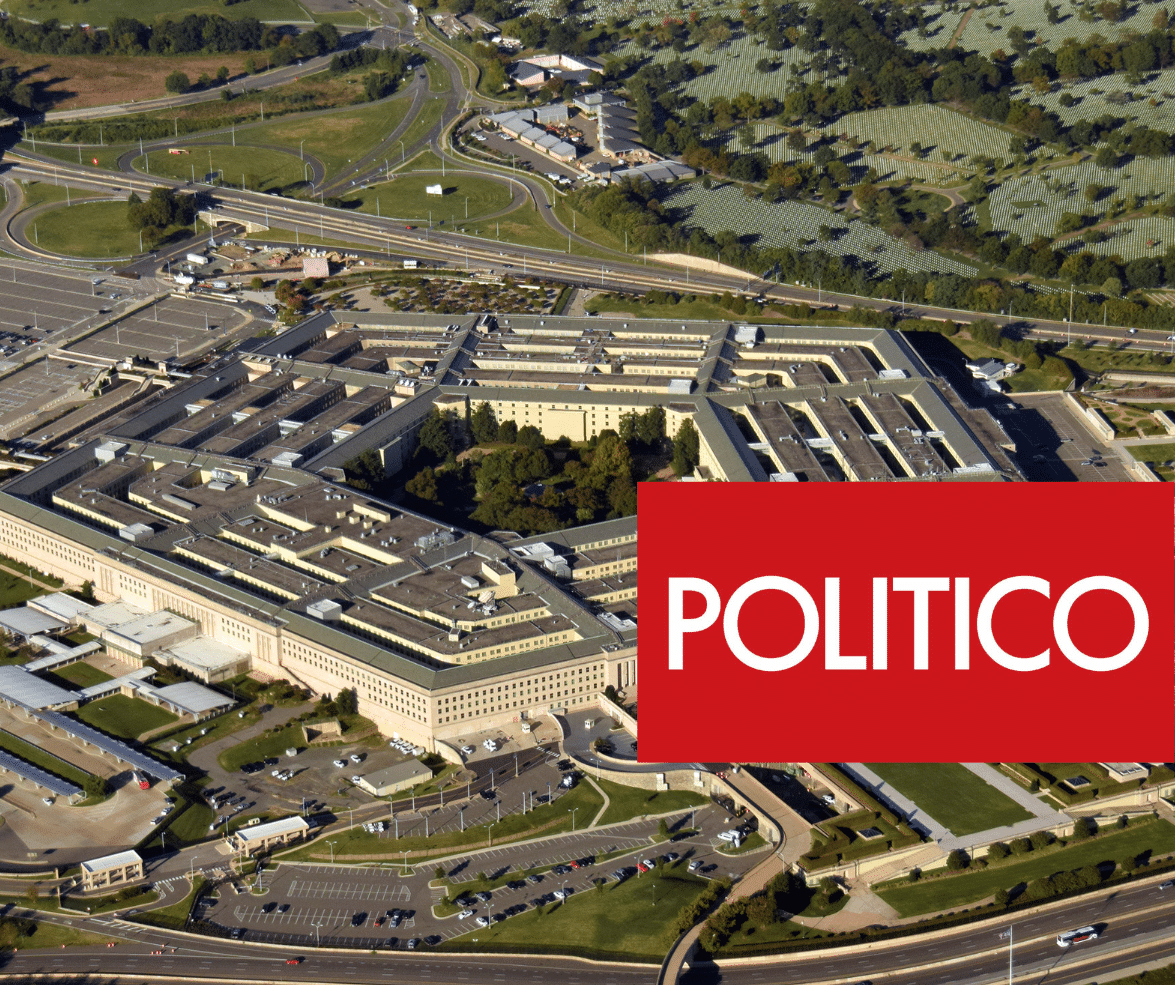On March 3, 2024, the Chairs and Ranking members of the House and Senate Appropriations Committees released what is known as a minibus, a package of six Fiscal Year 2024 appropriations bills. Among the six bills included was the Military Construction, Veterans Affairs, and Related Agencies Appropriations Bill. On March 6, the House of Representatives passed the minibus in a vote of 339-85, with 207 Democrats and 132 Republicans voting yes. The Senate is expected to vote on the package today (March 8), ahead of a midnight deadline to avert a partial government shutdown.
According to a summary, the bill includes $18.7 billion for military construction and family housing for FY2024, $2 billion more than the President requested. The bulk of that $2 billion was added to the President’s budget request in the form of congressionally directed spending, or community project funding—also known as earmarks. Specifically, the bill includes over $1.5 billion for 143 different military construction (MILCON) projects that members of Congress specifically requested for their states or districts. You can review all of these spending increases on our tracking spreadsheet.
Of the 143 spending increases, 121 originated in the Senate, 20 in the House, and 2 were listed as House/Senate. As far as dollar amounts, $1.28 billion originated in the Senate, and $260 million originated in the House. Looking at the partisan split, 65 increases were requested by Democrats or Independents caucusing with Democrats, 68 were requested by Republicans, and 11 were requested by bipartisan groups of lawmakers. Democratic requests totaled over $792 million, while Republican requests totaled over $696 million. Bipartisan requests totaled another $74 million. The relatively similar number and cost of Republican and Democrat-sponsored earmarks is notable given pushback against the minibus from some Republican lawmakers on the basis that the bill has too many earmarks.
That said, on the Senate side, there were far fewer Republican sponsors of earmarks than Democratic sponsors, with 38 Democratic senators sponsoring earmarks compared to 14 Republican senators. In the House, however, there were only six Democratic representatives sponsoring earmarks compared to 13 Republican representatives. That’s likely a reflection of the Democratic majority in the Senate and the Republican majority in the House. But more interestingly, while Republicans only accounted for 38 percent of the lawmakers requesting these earmarks, they secured 46 percent of the extra funds.
The power that comes with being an appropriator also comes through in these earmarks. Members of the House and Senate Appropriations Committees sponsored 93 of the 143 spending increases, or 65 percent.
As far as the types of earmarks offered, nine of the projects were listed as “Cost to Complete.” Accounting for $183 million of the added funds, these types of increases are intended to accelerate the completion of MILCON projects at a faster rate than the Pentagon’s budget request would allow.
Another 41 were listed as “Unspecified Minor Construction.” Accounting for $238 million of the additions, these spending increases are all under $10 million, but they still add up.
Another 73 were listed as “Planning and Design.” Accounting for $400 million of the total $1.5 billion added, these types of increases are intended to speed up the design phase of MILCON projects. While that sounds harmless enough, it can create problems. Under the normal MILCON process, the Pentagon tends to complete the planning and design phase of projects before it decides if and when to fully fund the projects. Adding funds for “planning and design” means that Congress is putting its foot on the gas, overriding the Pentagon’s sense of priorities, and signaling that the project is a congressional priority, which can lead the Pentagon to request funds for projects even if their planning and design phases reveal problems or higher costs than anticipated. So, while Congress is adding $400 million for these projects now, the long-term costs may be much higher.
The remaining funds added for MILCON projects were divided among just 20 specific increases that did not include any of these descriptors. These increases accounted for $743 million, nearly half of the total cost of these MILCON earmarks.
While it’s Congress’ prerogative to add funding for Military Construction projects, the temptation for lawmakers to fund projects that benefit their states or districts simply because they benefit their states or districts is on full display in this long list of earmarks. And that’s not a recipe for fiscal responsibility.











Get Social